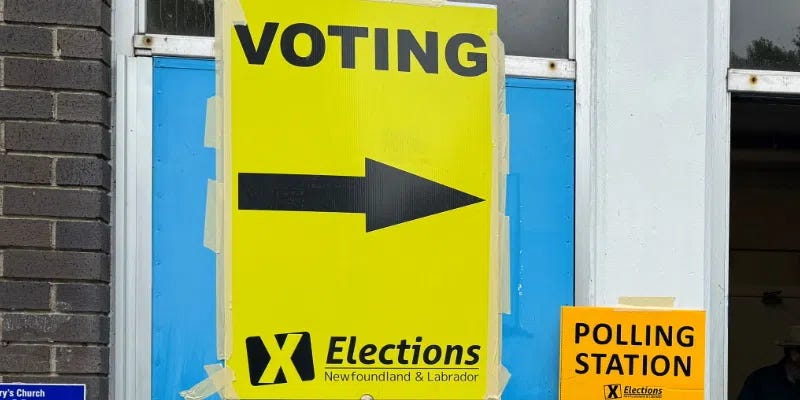Control of our resources is crucial to the future of Newfoundland and Labrador just as it was in the 1982 election, if not more so. There is enormous potential in Newfoundland and Labrador but we have squandered it over the past 20 years. It’s time to stop. If the future of the province isn’t a ballot question in the next election, we shall have no fu…
Keep reading with a 7-day free trial
Subscribe to Bond Papers to keep reading this post and get 7 days of free access to the full post archives.


